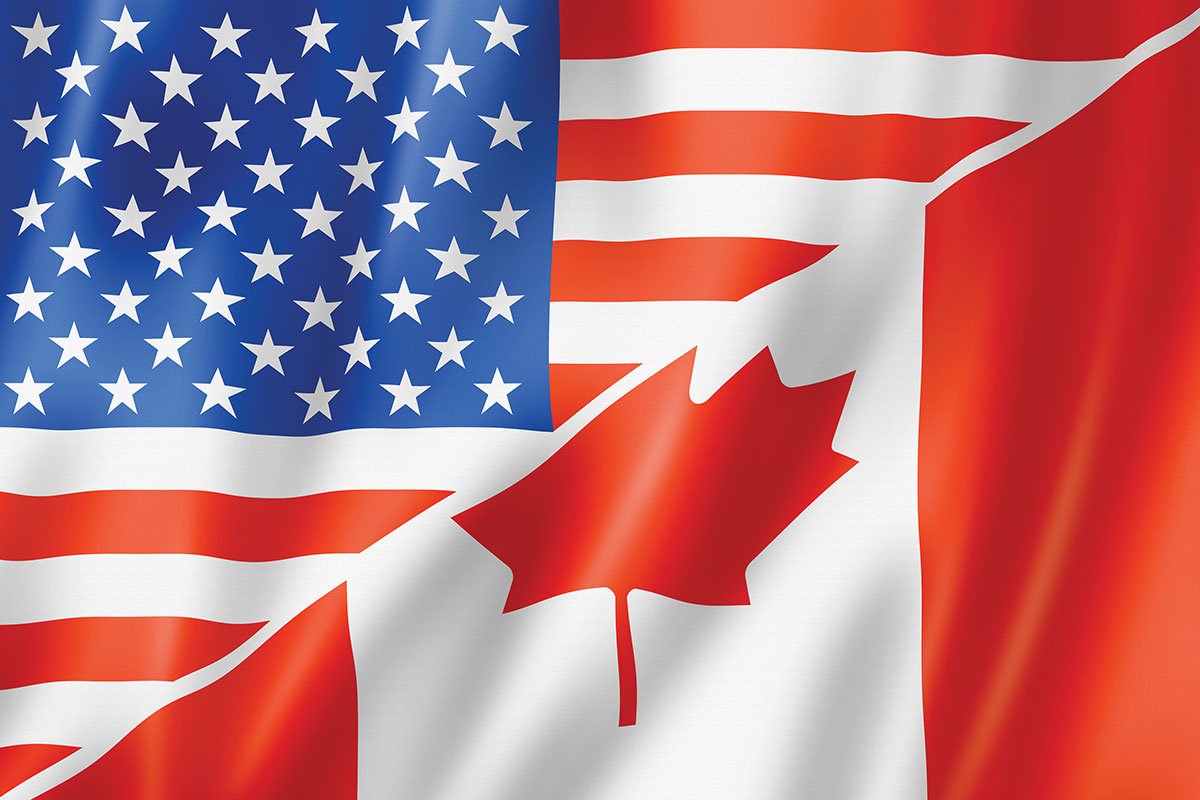Question
How does UL assess water-damaged electrical equipment?
Answer
Flooding and other natural disasters prompt many questions about water-damaged electrical equipment. Can the equipment be dried out? Are the circuit breakers and fuses safe to use? Can switchboards be re-energized?
Since flooding usually comes swiftly and unexpectedly, there isn’t always time to shut off electrical equipment. Shut-off switches and electrical control boxes, commonly installed in lower levels of buildings, are often submerged. Besides causing a big mess, water-logged equipment isn’t the only problem facing building owners after a flood. Silt, debris, oil, dissolved chemical substances and other water-borne contaminants can also damage electrical equipment. And, after flood waters recede, rapid mold growth occurs, chemically attacking electrical components.
When approached to investigate flood-damaged electrical equipment, UL investigates equipment on a case-by-case basis. UL considers many factors when providing a review to assess whether to replace or refurbish damaged equipment. These factors include the age of the equipment, the extent of water damage, and corrosion or sediment deposits found in the components.
While the ultimate decision to replace or refurbish equipment is left up to the local code authority and building owner, they can ask UL to visit the flood site to evaluate the equipment that may have been affected, and discuss what can be done to repair, refurbish or replace water-damaged electrical equipment.
After refurbishment and repairs have been made, the owner may ask UL to return to the site to re-evaluate refurbished equipment. Upon completion of this evaluation, UL issues a letter report identifying areas of non-compliance with UL requirements. A copy of this report is also provided to the code or regulatory officials for use in determining the equipment’s suitability for reconnection to the electrical supply. Results of any tests conducted on the refurbished equipment are also provided, if available.
The owner may also request UL to conduct a Field Evaluation or Field Investigation on new replacement equipment that is not UL Listed. A Field Evaluated Product Mark is affixed to equipment found in compliance with UL requirements. Only Field Evaluations result in issuance of a Field Evaluation Product Mark. At the conclusion of a Field Investigation, UL issues a letter report and provides a label to the local acceptance authority for application to the product. It may not always be physically or economically practical to repair or refurbish all equipment damaged during a flood. Consequently, code authorities or UL representatives may advise the building owner to replace damaged electrical equipment with new equipment.
Some cases also require UL to continue inspecting refurbished and repaired equipment over specified time periods to check for any residual degradation caused by flood exposure, or other contaminants not found during the initial inspection. Information gathered from these additional visits are included in separate letter reports and provided to the local code authorities.
UL cannot evaluate flood-damaged equipment for Listing, Classification or Recognition.
For more information about UL’s evaluations of flood-damaged electrical equipment, contact the following Field Evaluation coordinators at the UL office nearest you:
Midwestern United States
Bill Bartunek at (847) 272-8800, ext. 42564
Fax: (847) 509-6219
E-mail address: bartunekw@ul.com
Eastern United States
Jimmy Wong at (516) 271-6200, ext. 22552
Fax: (516) 439-6045
E-mail address: wongj@ul.com
Southern United States
Bob Eberhardt at (919) 549-1641
Fax: (919) 547-6021
E-mail address: eberghardtr@ul.com
Western United States
Mike Shulman at (408) 985-2400, ext. 32770
Fax: (408) 556-6062
E-mail address: shulmanm@ul.com
Northwestern United States
Dom Kumandan at (360) 817-5604
Fax: (360) 817-6024
E-mail address: kumandand@ul.com













Find Us on Socials